
Table of Contents
Main Cause of Global Blindness: Top Blinding Disease in the World
In spite of the progress made in surgical techniques in many countries during the last ten years, cataract remains the leading cause of blindness/visual Impairment in all the areas of the world, except for developed countries. Globally the number of people of all ages visually impaired is estimated to be 285 million, of whom 39 million are blind. People aged 50 years and older are, 82% of all blind. The most leading causes of Blindness /Visual impairment in the world are listed below:
Cataract
51% of the global cause of blindness in 2010. About 20 million people are blind due to cataract. Although cataracts can be surgically removed, in many countries barriers exist that prevents patients to access surgery. The number of people with cataract is anticipated to grow. A cataract is also an important cause of low vision in both developed and developing countries. Cataract is in the Top Blinding Disease in the World
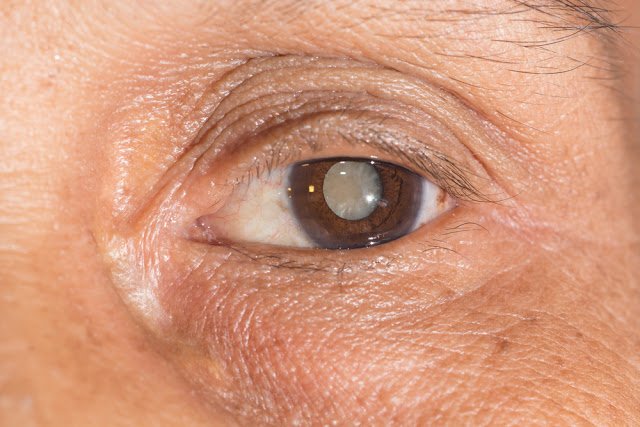
Prevention and treatment of Cataract
- Reduction of cigarette smoking and ultraviolet light exposure may prevent or delay the development of cataract.
- Diabetes mellitus and high body mass index are identified as additional risk factors.
The treatment of cataract is surgical and very successful in restoring sight. The opaque lens is removed and replaced by an artificial intraocular lens (IOL). Nepalese Ophthalmologist, Dr Sanduk Ruit (Tilganga Institute of Ophthalmology) and his team further simplified and fine-tuned the small incision cataract surgery (SICS) and made it available for the community. The technique utilizes inexpensive intraocular lenses that have enabled hundreds of thousands of poor cataract patients in Nepal and other countries to regain their sight. Over the decades, he has treated over 100,000 people across the developing world and has taught his technique to other surgeons. In many remote parts of the developing world, people remain blind from cataract, due to the lack of access to eye care
Glaucoma
- 8% of the global cause of blindness as global blindness in 2010.
- Glaucoma is a silent killer.
- Regular eye examination can help ophthalmologist determine the signs of Glaucoma in a patient.
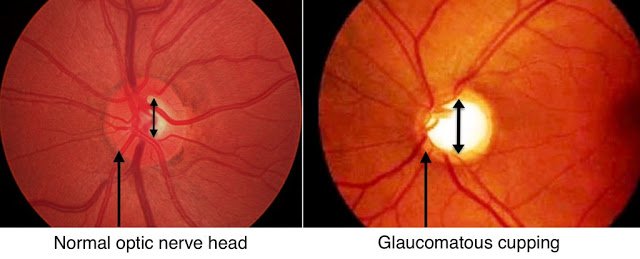
Childhood blindness
Blindness due to genetic mutation, birth defects, premature birth, Nutritional deficiencies, infections, injuries, refractive errors, Retinopathy of prematurity (ROP) etc falls under the category of childhood blindness.
The number of children who suffer from blindness worldwide is approximately 1.4 million. 75% of the world’s blind children live in Africa and Asia. A 2014 review indicated that an estimated 238,500 children with bilateral blindness(rate 1.2/1,000) live in the eastern Mediterranean region.
4% global cause of blindness as a percentage of global blindness in 2010. Parents should take their child for an eye exam as soon as they find any abnormalities.
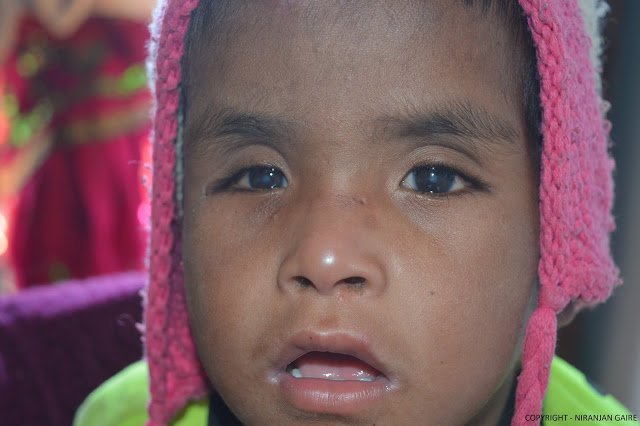
Age-Related Macular Degeneration:
5% of the global cause of blindness as a percentage of global blindness in 2010.
Read more: Healthy food can slow down the progression of AMD.
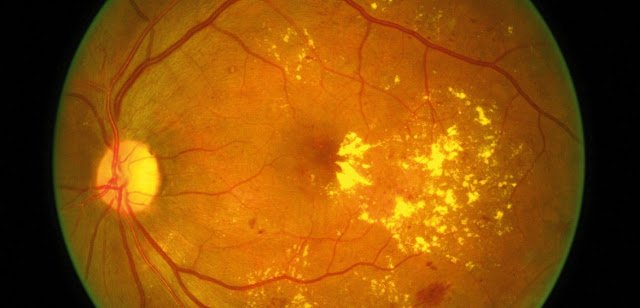
Corneal opacity
- 4% of the global cause of blindness as a percentage of global blindness in 2010.
- Mostly happens due to trachoma and Trauma/Injury leading to a corneal ulcer
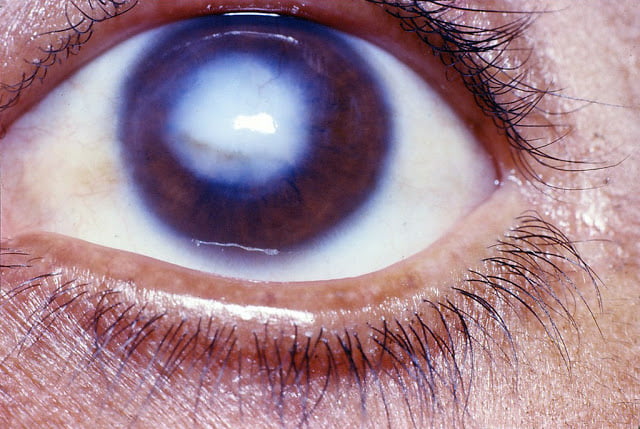
Trachoma
3% of the global cause of blindness as a percentage of global blindness in 2010. Trachoma was the second leading cause of preventable blindness and endemic in many areas of the country where prevalence rates as high as 23% in several districts of Nepal. (source:1981 epidemiological survey of an eye in Nepal).
In the national level workshop conducted in 2004, it was estimated that 40,000 people were suffering from an advanced stage of trachoma and After the implementation of the “SAFE” strategy for the whole 10 year period, the prevalence has been reduced by more than 90%. 18,000 people had trichiasis surgery. 1,47,090,21 doses of “Zithromax” antibiotics were administered from 2002 to date.
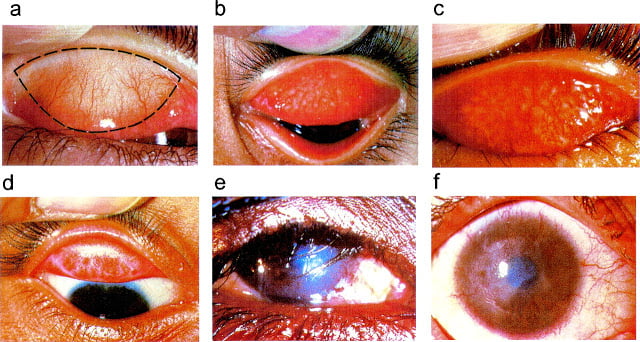
The prevalence of trachoma after a surveillance survey done in 2016, is found less than WHO elimination thresholds.WHO has already declared Nepal as a Trachoma Free country in the year 2017. This is a big achievement in the field of ophthalmology in Nepal.
Refractive Errors
3% of the global cause of blindness as a percentage of global blindness in 2010. Refractive error remains another problem in Nepal. Schooling children are in the severity of childhood visual impairment. Most of the children are either amblyopic or have low vision.

Diabetic Retinopathy
2.6%of global cause of blindness as a percentage of global blindness in 2010. There are now an estimated 422 million adults with diabetes globally. Among the serious Complications, people living with diabetes can suffer vision loss. Often by the time a person notices a problem with his or her vision, the damage is irreversible.
To help countries better ensure timely diagnosis and access to treatment for diabetic retinopathy, WHO developed the tool for assessment of diabetes and Diabetic Retinopathy or “TAADS” in 2015. Among the first country to make use this new tool was Nepal, where the ministry of Health had been concerned by the increase in diabetes and diabetic retinopathy, and wanted to use TADDS to make sure it was taking the appropriate actions in Response.
TADDS was used to collect data and information about the current situation in the country, including the level of coordination- or lack thereof -across the two services, the ways that patients are educated on how to manage their diabetes and prevent vision loss from diabetic retinopathy.
with the data collected and negative outcome, With support from WHO, a national policy discussion was held in 2016, immediate actions were defined for the ministry of Health and its partner. To complement these ongoing efforts, the ministry of health has initiated public awareness campaigns targeted at the people with diabetes. The Ministry of health in Nepal is expecting to conduct a TADDS assessment again in two years to monitor the progress.
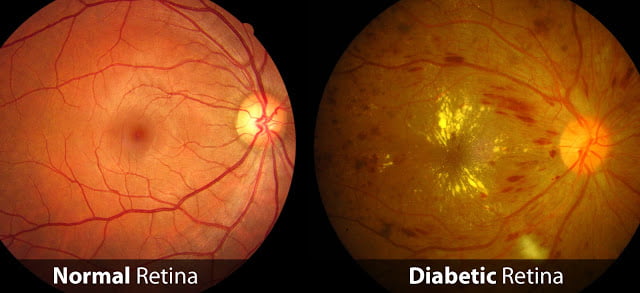
World Health Organization Role
To advocate for the elimination of barriers to access eye care, to provide guidance and technical support of the development of comprehensive eye care systems to address the burden of cataract, Glaucoma and other chronic eye diseases.
Experiences from countries like Nepal in implementing TADDS and other similar WHO tools for glaucoma, refractive errors and vision rehabilitation will help to inform WHO’s world report on vision which is currently under development, and scheduled for release in late 2018.
References:
1. ^Global data on visual impairments 2010.who.2012p.6
2.^Mabey, David;Gill, geoffrey; weber , martin w.;Whitty, Christopher J.M(2013-01-17).Principles of Medicine in Africa. cambridge university press.ISBN 9781107002517.
3.^citation for sanduk Ruit August 31,2006.
4.^”Tilganga Institute of Ophthalmology”
5.^”God of sight”
6.^nnjs.org.np
7.^www.who.int/blindness/feature-story-Nepal/en/


